Choosing the right school can feel like picking a needle in a haystack, especially with so many options under the CBSE umbrella. So, which ones hit the mark? What's the secret sauce that sets them apart? Let's break it down.
The CBSE curriculum is known for its flexibility and focus on holistic education, but how do you determine which school is actually doing a good job? It's not just about the textbooks—it's the teachers, the learning environment, and a whole lot more. Some schools rise above the rest by providing excellent academic results, state-of-the-art facilities, or a broad range of extracurricular activities.
But it's not just about the glitzy campuses or who ranks number one in the results. We're diving deeper, revealing what parents and students love, offering practical tips, and giving you a sense of what to watch out for when picking a school.
- Understanding the CBSE Curriculum
- Criteria for Evaluating Top Schools
- Spotlight on Leading CBSE Schools
- Tips for Choosing the Right School
Understanding the CBSE Curriculum
The CBSE curriculum is designed to provide a robust, flexible, and child-centered education. It focuses not only on textbooks but on overall development. What does that mean for students? Let's dive into the nuts and bolts.
The Basics of CBSE
CBSE, or the Central Board of Secondary Education, is one of the most widely recognized education boards in India. Its curriculum aims to provide stress-free learning by integrating continuous and comprehensive assessment (CCE) that helps track students' progress without pressure. This means regular evaluations through projects, quizzes, and oral activities, not just final exams.
Subjects and Structure
The curriculum is very diverse. Younger students (till class 10) follow a broad range of subjects including languages, mathematics, science, and social sciences. As students progress to higher classes, the CBSE curriculum becomes more specialized. Students in classes 11 and 12 choose between science, commerce, or arts streams, allowing them to focus on their interests.
Focus on Skills
CBSE emphasizes skill development—critical thinking, communication, and problem-solving. Schools often incorporate activities that foster these skills, from debate clubs to science competitions. Plus, life skills education is woven into the curriculum to prepare students for the real world.
Technology in Learning
With technology becoming integral in education, CBSE has made significant changes. Many schools use smart classrooms and digital resources, making learning more interactive and engaging. CBSE's step towards digital education is not just about gadgets, but about enabling students to leverage technology for learning.
CBSE schools consistently produce students who are not just book smart but ready to take on life's challenges. They aim to create an environment where learning is not a chore but a delight. That's the hallmark of a top CBSE school—one that molds its curriculum to light the spark of curiosity in students.
Criteria for Evaluating Top Schools
So, what should you actually look for when figuring out if a school is one of the top CBSE schools? It's like putting together a puzzle where every piece matters. Let's dissect these crucial pieces:
Academic Excellence
First off, dive into the academic performance. Check their past results in board exams. These numbers don't lie and often reflect the quality of teaching. Also, see if the school encourages innovative teaching methods or relies solely on traditional rote learning.
Infrastructure and Facilities
You can't underestimate the power of good infrastructure. Does the school have well-equipped laboratories, libraries, and sports facilities? These things add to the overall learning experience. Imagine a school with a modern science lab versus one with dusty outdated equipment; it’s clear which one a student might flourish in.
Extracurricular Activities
Another thing to watch for is a solid range of extracurricular activities. A balanced approach can often achieve what books alone can't. Consider schools that offer everything from sports and arts to clubs and community service. It's a great way for kids to explore and improve skills beyond academics.
Teacher Quality and Experience
It’s a big win if the teaching staff is experienced and continuously improving their skills through workshops or training. A passionate teacher can ignite curiosity like nobody else!
Student Support Services
Today's schools often offer more support services for students. Look for schools with counseling services, career guidance, and a focus on student well-being. Remember, a happy student is a productive one.
While this list isn't exhaustive, it's a solid start. Keep these criteria in mind, and you'll be better equipped to identify which are truly the best CBSE schools out there.
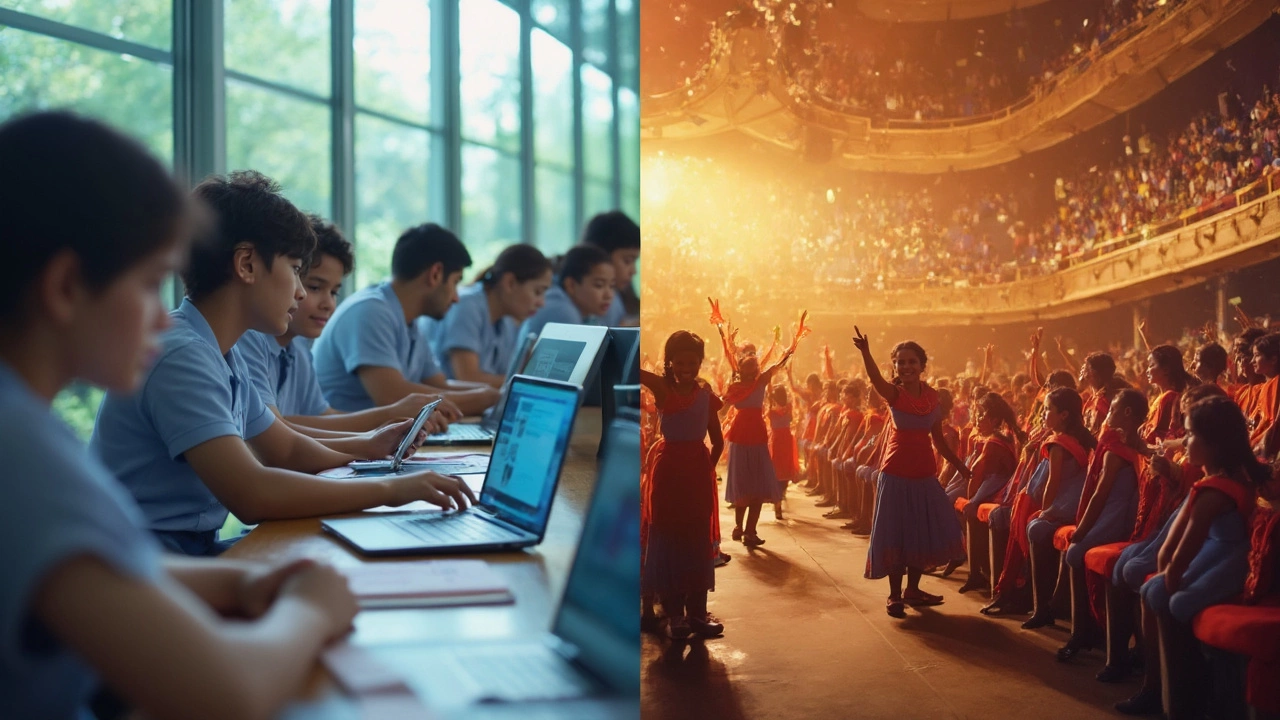
Spotlight on Leading CBSE Schools
When it comes to the top CBSE schools, there's no shortage of contenders in India. Let's take a closer look at some of the schools that really shine.
Delhi Public School, R.K. Puram
Ask anyone about the cream of the crop, and you'll often hear about Delhi Public School (DPS), R.K. Puram. With a track record of excellent academic results and a focus on building well-rounded students, this school consistently ranks among the best. Their alumni have made waves globally, sometimes landing at top Ivy League colleges.
National Public School, Bangalore
Another favorite is the National Public School in Bangalore, known for its rigorous academic curriculum paired with stellar extracurricular activities. The school places a strong emphasis on science and technology, which is not surprising given its Bengaluru roots—a tech hub.
Sri Kumaran Children's Home, Bangalore
Sri Kumaran Children's Home is often praised for its student-centered approach and dedicated teachers. The school offers a balanced mix of academics and activities, focusing on developing creativity alongside traditional learning.
Chinmaya Vidyalaya, Chennai
Moving down south, Chinmaya Vidyalaya in Chennai is celebrated for its excellent faculty and innovative teaching methods. A calm yet stimulating environment ensures students are ready to tackle CBSE exams and life beyond school.
Each of these schools distinguishes itself not just with the CBSE syllabus but by fostering an environment that nurtures curiosity and growth. Whether it's through top-notch facilities or a focus on community involvement, they all add a distinct layer to the educational experience.
Tips for Choosing the Right School
Picking the right school for your child is no small feat. With CBSE schools spread all over India, it’s important to know what to look for to make an informed choice.
1. Academic Performance
Start by checking the school's academic record. A strong performance on CBSE exams shows a focus on quality teaching. Look for consistent performance over the past few years instead of one-off spikes.
2. Faculty Expertise
The teaching staff can make or break the learning experience. Well-qualified and experienced teachers can offer better guidance and support. Don’t shy away from asking about their qualifications and teaching experience.
3. Infrastructure and Facilities
A school isn’t just about classrooms. Facilities like libraries, science labs, and sports grounds contribute to an enriched learning environment. Check if the school provides interactive learning tools and technology-enhanced classrooms.
4. Extracurricular Opportunities
Schools offering a range of extracurricular activities can help in developing different skills. Look for options like music, drama, art, and various sports.
5. Feedback from Students and Parents
Reach out to current students and parents. They can offer insights about the school's culture, communication, and how issues are addressed.
6. Safety and Well-being
Check the school’s policies on safety, bullying, and student well-being. A focus on mental health and a supportive environment are crucial for overall development.
Ultimately, choosing a school is about balancing different factors that cater to your child’s needs. Take your time, visit schools, and prioritize what matters most to your child and family. This approach will guide you in picking a school where your child can truly thrive.
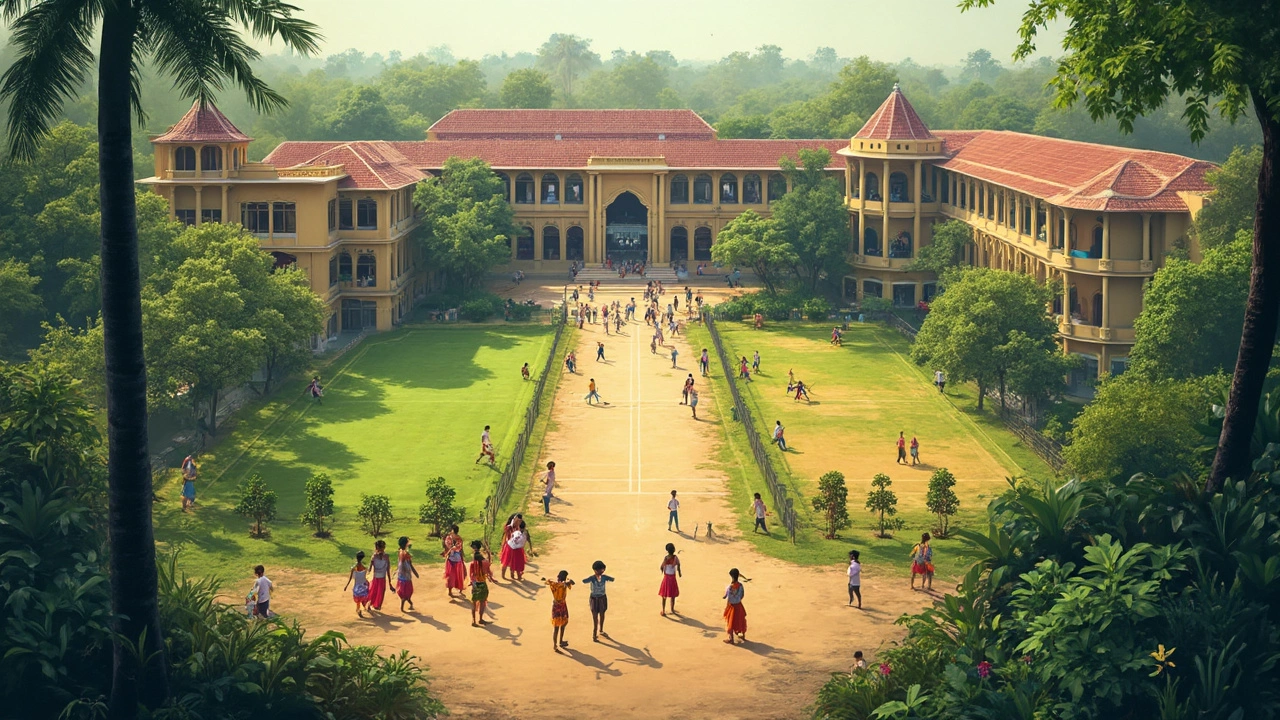

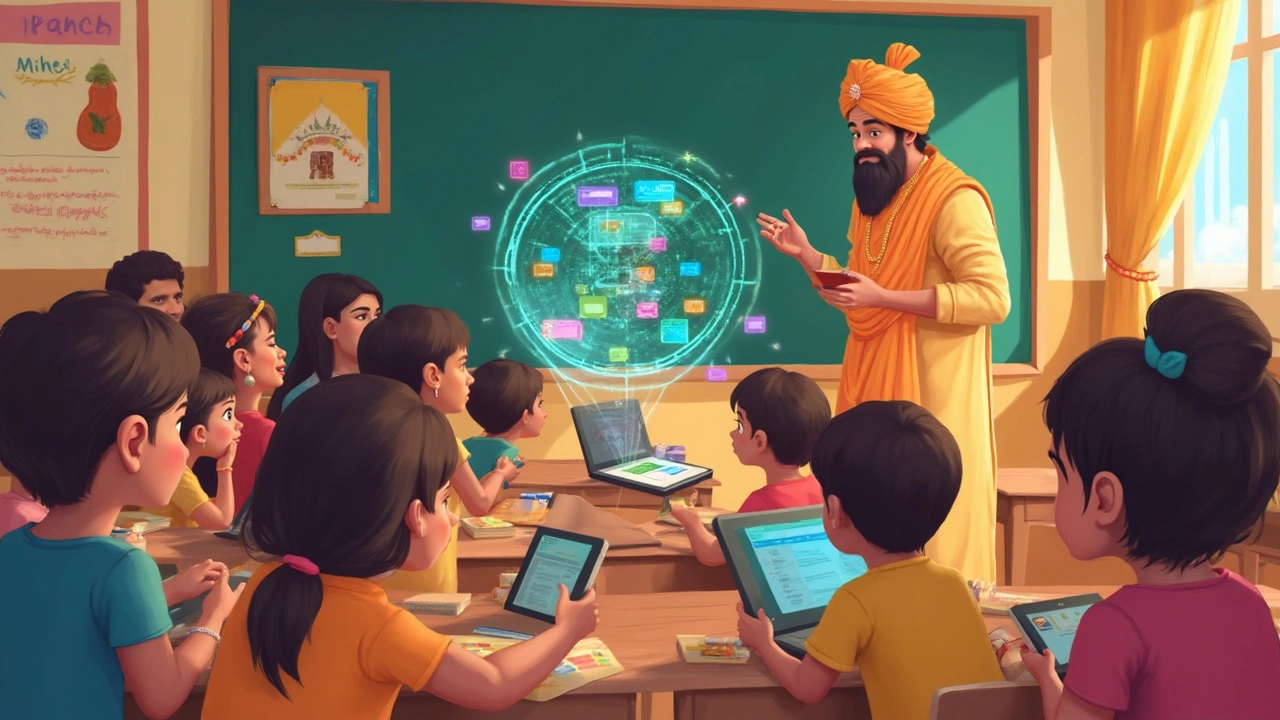
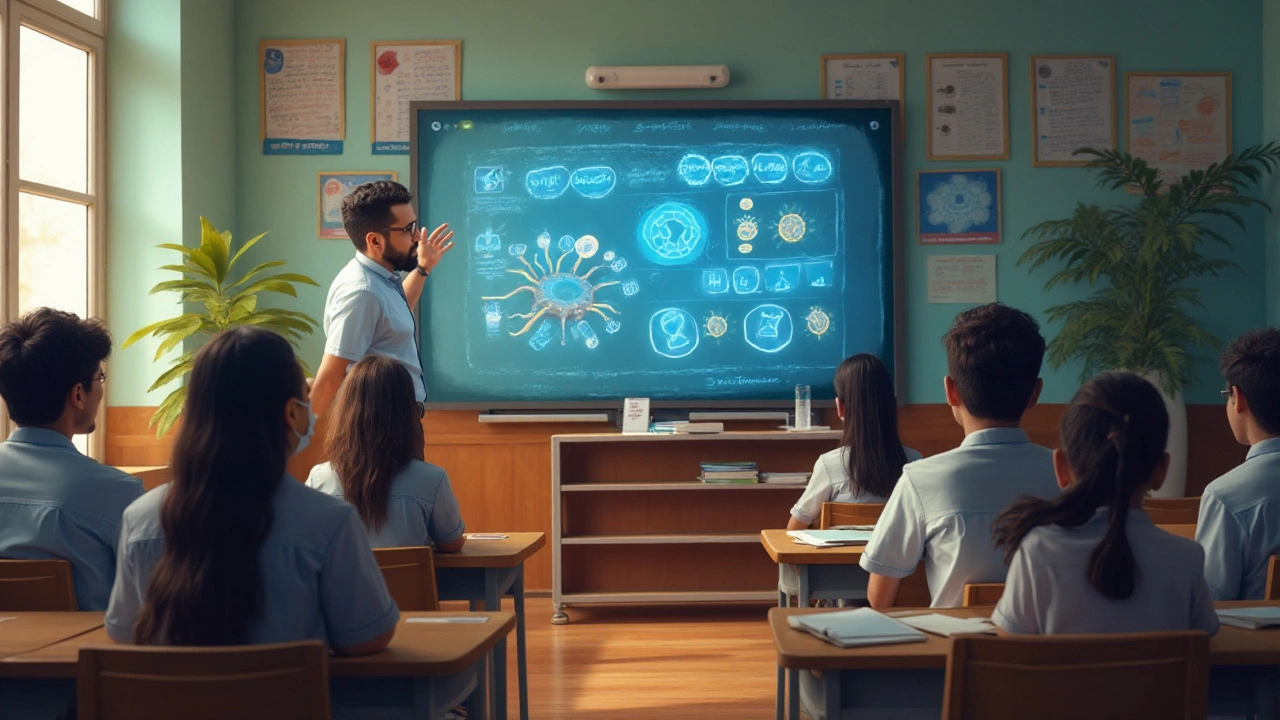

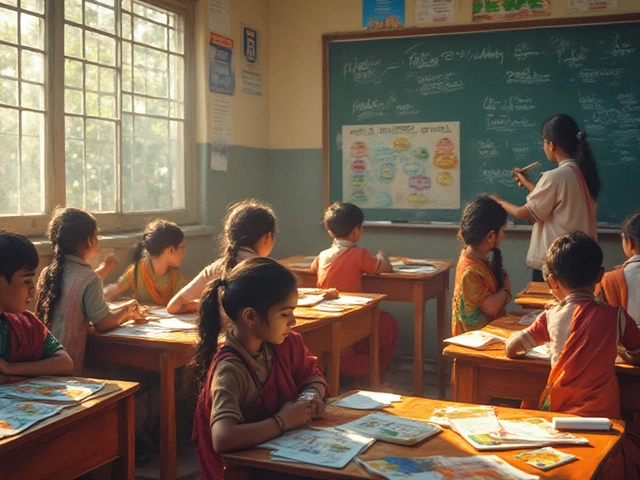
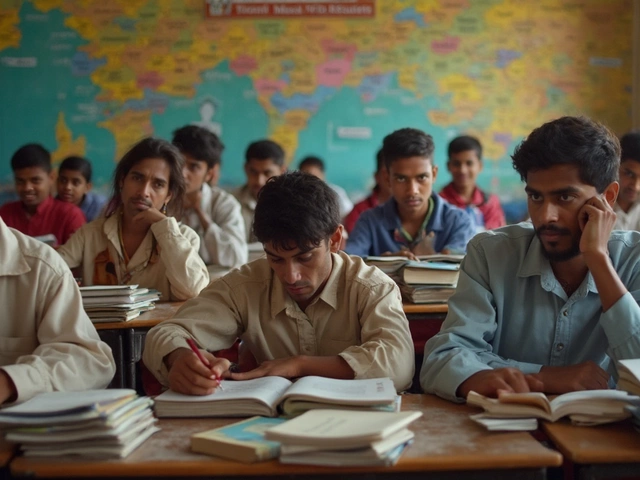

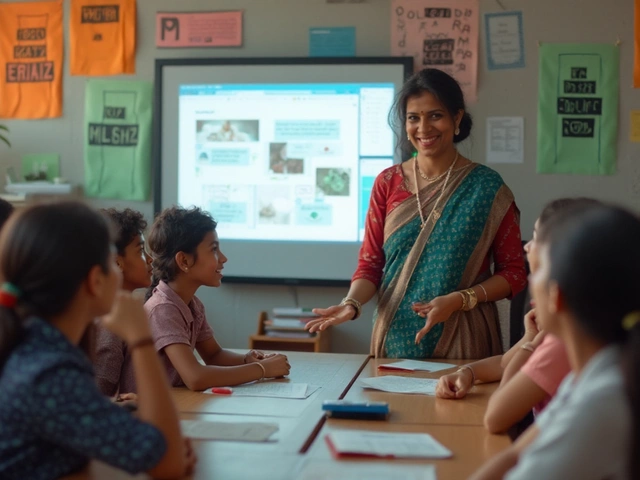

0 Comments